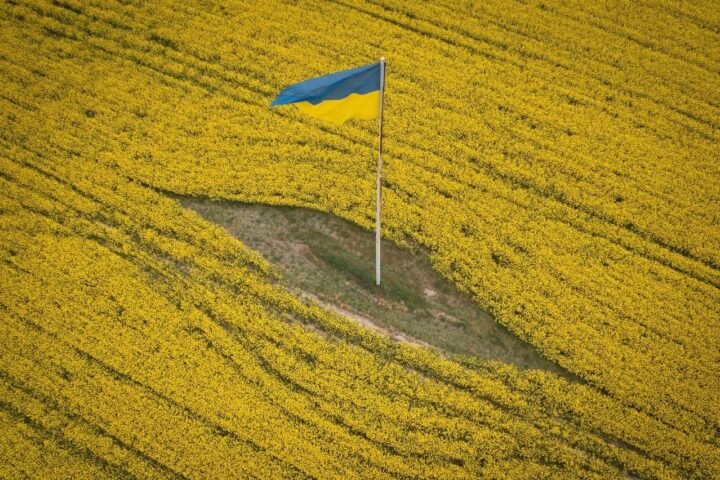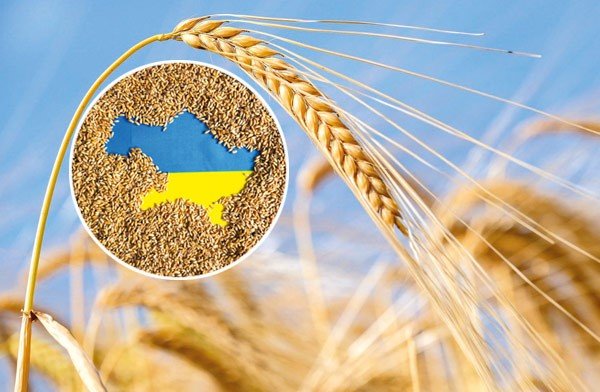For the first time in Ukraine’s modern history, the Security Service of Ukraine (SBU) has uncovered an active Hungarian military intelligence network operating in Zakarpattia. This revelation not only exposes Budapest’s secretive geopolitical manoeuvres, but also raises serious alarms about the unity and trustworthiness of NATO, with one of its member states pursuing revisionist policies in the heart of a war-torn region.
Hungary’s Hidden Agenda in Ukraine
Hungary’s intelligence operations in western Ukraine aren’t just about protecting ethnic Hungarians. They’re part of a broader strategic playbook:
- Territorial Revisionism: Budapest has long signalled dissatisfaction with current borders, particularly regarding Zakarpattia, a region home to a sizeable Hungarian minority. Intelligence activity hints at preparations for territorial influence—if not outright claims.
- Influence Projection: By probing Ukraine’s military vulnerabilities, Hungary could be positioning itself to exert pressure—diplomatic or otherwise—if Kyiv’s central authority weakens.
- Ethnic Leverage: The focus on ethnic Hungarians mirrors the Kremlin’s tactic of using minority populations as a pretext for intervention, suggesting that Budapest may be preparing similar justifications.
Scenarios for Intervention: From “Peacekeepers” to Proxy Moves
Multiple theoretical invasion scenarios emerge from Hungary’s intelligence activity:
- Scenario One: “Protecting Minorities”
Under a pretext of ethnic persecution or instability, Hungary could send troops into Zakarpattia under the guise of humanitarian intervention. - Scenario Two: “NATO Buffer Force”
In a deteriorating security climate, Hungary might attempt to justify a military presence as a “stabilising” NATO force—despite having no mandate from the alliance. - Scenario Three: “Bilateral Peacekeeping”
Hungary could team up with Russia or other non-NATO actors for a so-called “peacekeeping mission,” deliberately splitting the Western front.
Hungary’s Military Readiness
While Hungary isn’t built for large-scale conflict, it does have tools for targeted operations:
- An estimated 30,000 active-duty personnel, with some NATO-standard equipment.
- Special forces and rapid reaction units, capable of swift, focused operations.
- Enhanced air mobility, thanks to Gripen jets and new helicopters, enabling limited incursions or symbolic occupations.
These assets are more than enough for a small-scale intervention under the cover of “peacekeeping.”
Intelligence Sharing with Russia? Red Flags Abound
The nature of intelligence gathered by Hungarian operatives raises deeper questions. Most of this information—particularly data on Ukrainian front-line defences—offers limited value to Hungary, but could be of enormous interest to Moscow.
- Orbán’s track record: Hungary’s leader has consistently undermined EU unity, blocked arms shipments, and maintained energy ties with Russia.
- Potential intelligence flow: Budapest may be acting as a silent conduit between NATO’s sensitive knowledge and the Kremlin’s war machine.
- Mimicking GRU tactics: Hungarian operatives reportedly use methods identical to those of Russia’s GRU, including local ethnic recruitment and operating under cultural covers.
Threats to NATO and Regional Stability
Hungary’s actions present a direct challenge to NATO’s credibility:
- Internal Discord: By violating alliance norms, Hungary plays into Russia’s hands, helping sow disunity within NATO.
- Risk of Escalation: A rogue intervention—especially coordinated with Russia—could provoke wider regional conflict, opening a dangerous second front.
Countermeasures for NATO and Ukraine
To contain the risk, strategic steps are essential:
- Tighter NATO Oversight: Greater scrutiny over intelligence operations in sensitive border zones.
- Stronger Ukrainian Counterintelligence: Focused surveillance of minority regions to root out foreign influence.
- Conditional Discipline: The EU and NATO must explore funding and access restrictions for member states that undermine collective security.
- Support for Zakarpattia: Boosting economic and civic resilience to resist foreign manipulation.
The Russia-Hungary Nexus: A Growing Strategic Convergence
While direct operational ties between Hungarian intelligence and Russia’s GRU remain unproven, there is a convergence of aims that cannot be ignored:
- Shared territorial agendas: Both countries challenge Ukraine’s sovereignty, albeit with different goals.
- Obstruction in Brussels: Hungary’s delays and vetoes in EU and NATO proceedings consistently benefit Russia.
- Echo chamber of narratives: Hungarian and Russian media often broadcast synchronised messaging, especially on Ukraine.
- Use of “peacekeeper” pretexts: Hungary’s mirroring of Russian justification tactics—such as in Crimea and Donbas—signals potential alignment.
When Could Hungary Act?
A full invasion remains unlikely—but a limited incursion? Not far-fetched. Possible triggers include:
- Collapse of Kyiv’s authority in western Ukraine.
- Staged ethnic incidents targeting the Hungarian minority.
- Kremlin encouragement as part of a broader destabilisation effort.
- NATO disunity, giving Orbán a green light.
- Domestic political pressure prompting a nationalistic distraction.
Building the Infrastructure of Intervention
Budapest appears to be laying the groundwork for future action:
- Mapping vulnerabilities in Ukrainian defences.
- Profiling Zakarpattia’s population along ethnic lines.
- Shaping public opinion through controlled media narratives.
- Establishing legal pretexts for intervention under humanitarian or ethnic protection terms.
Political Engines Behind Hungary’s Agenda
The push for influence in Zakarpattia is driven by multiple political and ideological forces:
- Fidesz and Orbán’s Circle: Hungary’s ruling elite promotes a revisionist view of national borders, often invoking the Treaty of Trianon.
- Hungarian Intelligence Leadership: The head of the Military National Security Service (KNBSZ) is believed to be tightly aligned with Orbán’s political direction, reinforcing a nationalist foreign policy agenda.
- Far-Right Movements: Radical groups like Mi Hazánk Mozgalom (Our Homeland Movement) openly advocate territorial revisionism, echoing Kremlin propaganda.
Mi Hazánk and the Kremlin Playbook
Though marginal in Hungary’s parliament, Mi Hazánk’s messaging aligns disturbingly with Russian objectives:
- Anti-NATO, anti-EU rhetoric that matches Kremlin themes.
- Calls for border revisionism, particularly in Zakarpattia.
- Amplification by Russian media, including RT and Sputnik.
- Links to far-right European networks that serve as vectors of disinformation.
Their ideological proximity to both Fidesz and Moscow makes them a growing destabilising force—both domestically and abroad.
A Trojan Horse Within NATO?
Hungary’s actions—spanning intelligence operations, political rhetoric, and covert alliances—amount to a quiet insurrection within NATO. While Hungary remains an official ally, its government’s ambiguous loyalties and strategic convergence with the Kremlin threaten to turn it into a Trojan horse, undermining the alliance from within.
As the war in Ukraine grinds on, the West must stay alert to non-linear threats—and Hungary’s shadow games in Zakarpattia may prove to be among the most dangerous.










